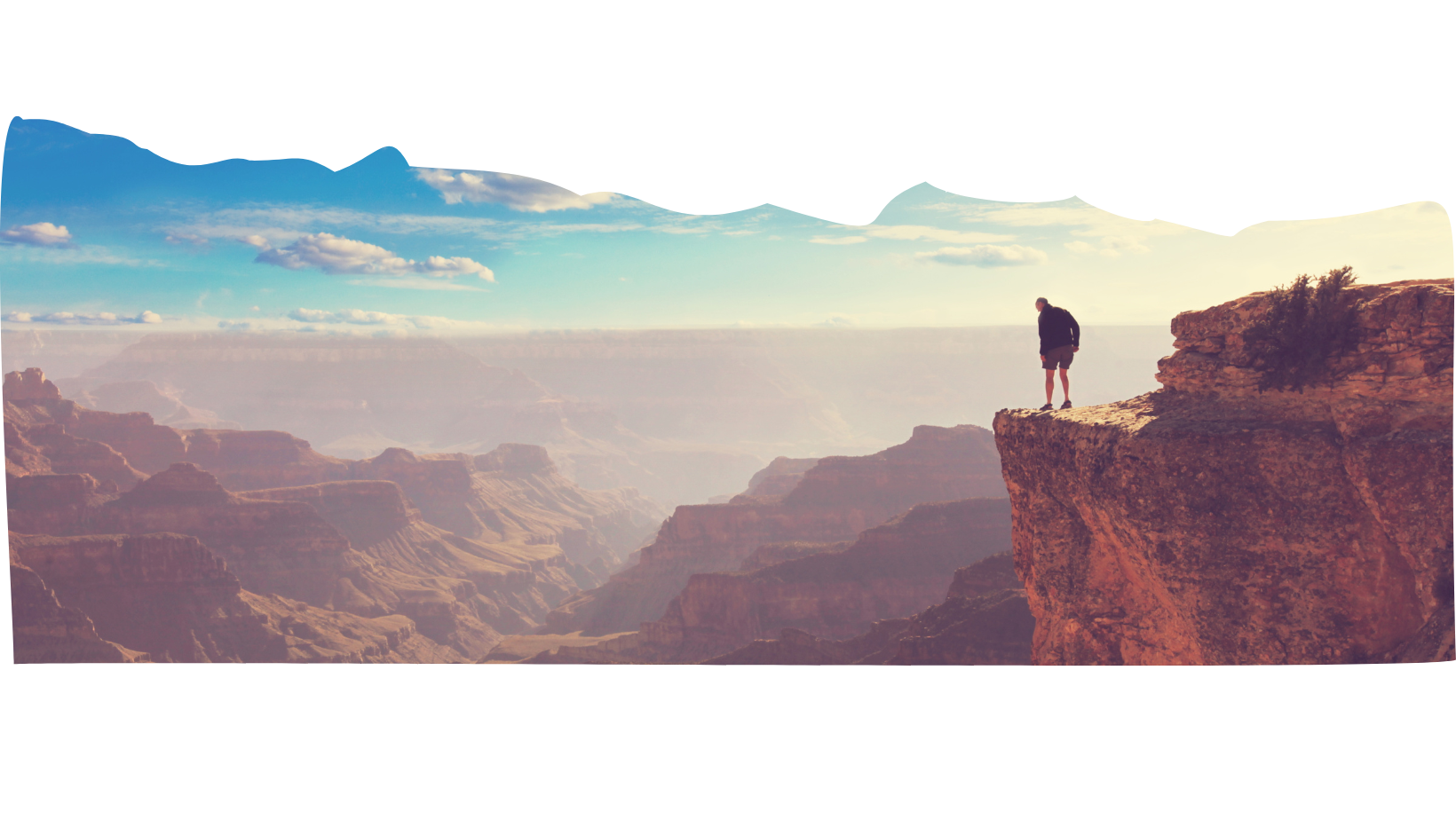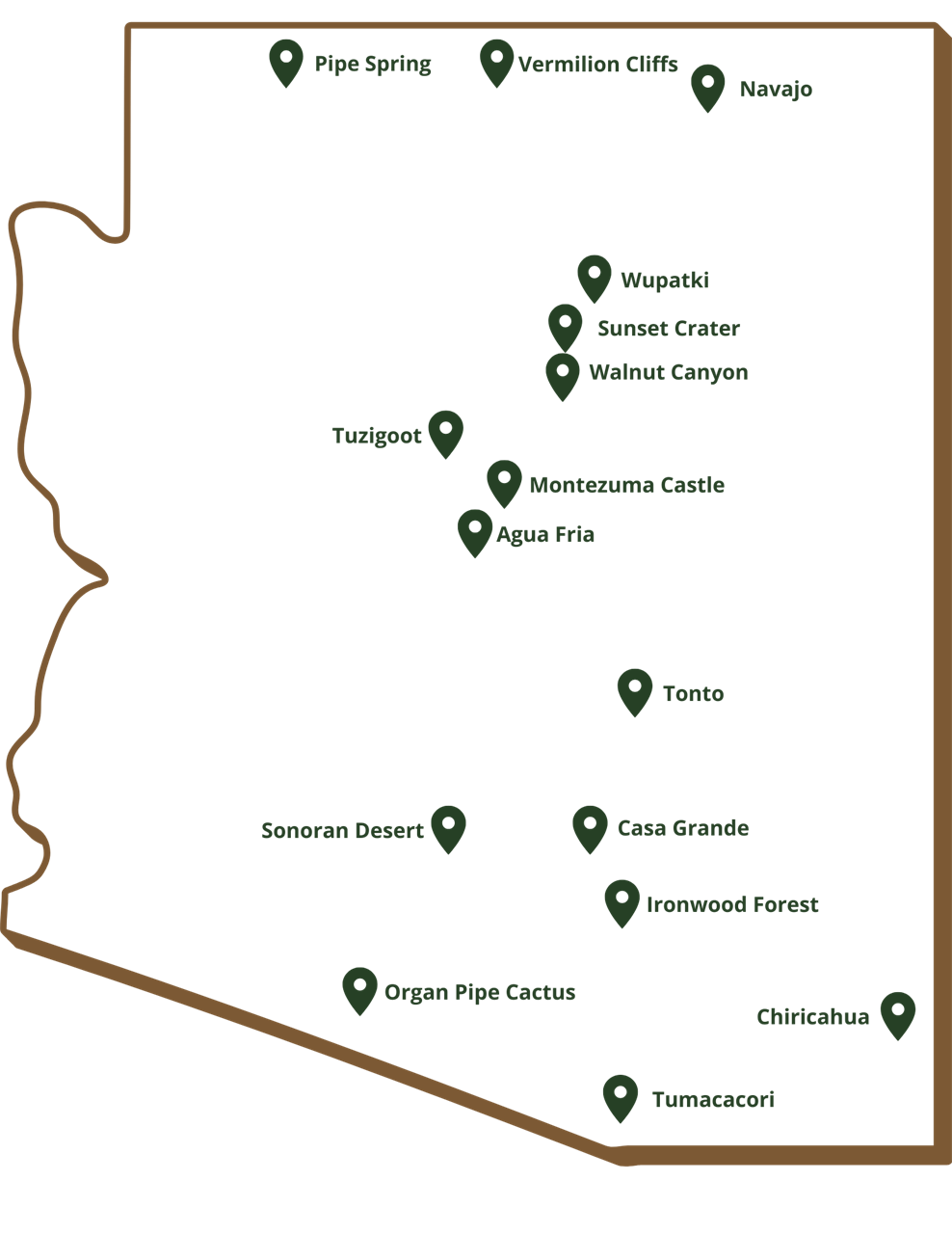National Monuments
What is a National Monument?
The Antiquities Act of 1906 gave U.S. Presidents the ability to declare an area to be a national monument. Of the 21 Presidents since 1906, 18 U.S. Presidents have declared over 160 national monuments under the Act; nine Republicans and nine Democrats. Part of the process of making an area a national monument is the management plan for the area, which determines what the area is able to be used for recreationally. Each national monument proclamation is different because they are based on the natural resources and landscape of the area they're in. Each plan identifies the values that are to be protected for that specific area including fish, wildlife, hunting, angling, and cultural sites. Uses that were allowed before a monument is created are typically allowed after a monument is created. |
How are National Monuments Different Than Other Public Lands? |
Though national monuments are a type of public land, they are far more flexible in their management plan than Wilderness Areas or National Parks are. National monument designations apply only to the existing public lands that already belong to all Americans. They prevent future actions like land swaps that would be damaging to wildlife and open places. For those reasons, National Monuments are an effective conservation tool for protecting our hunting and angling heritage for future generations. Facts about National Monuments:
|
|
A New National Monument:
Baaj Nwaavjo I’tah Kukveni – Ancestral Footprints of the Grand Canyon National Monument
On August 8th, 2023, President Biden used his authority under the Antiquities Act to designate the nearly 1 million acre Baaj Nwaavjo I’tah Kukveni – Ancestral Footprints of the Grand Canyon National Monument.
This national monument designation will prevent further uranium mine contamination of springs and streams that feed into larger bodies of water like the Colorado River. Additionally, this designation ensures continued outdoor recreation, healthy wildlife and communities, the conservation of cultural resources in the area, and protected access for hunting and fishing, which have historically been enjoyed here for many generations.
The national monument designation recognizes and respects valid existing rights. The proclamation that was signed specifies that maintenance and upgrades to water infrastructure for flood control, utilities, water district facilities, wildlife water catchments, and other similar uses may continue; and that utility lines, pipelines, and roads can continue to be maintained, upgraded, and built consistent with proper care and management of the monument objects. Existing mining claims – predating the 20-year mineral withdraw initiated in 2012 — will remain in place, and the two approved mining operations within the boundaries of the monument would be able to operate.
The national monument only includes federal lands and does not include State and private lands within the boundary or affect the property rights of the State or private land owners.
Western National Monuments Where You Can Hunt and Fish |
.png)




